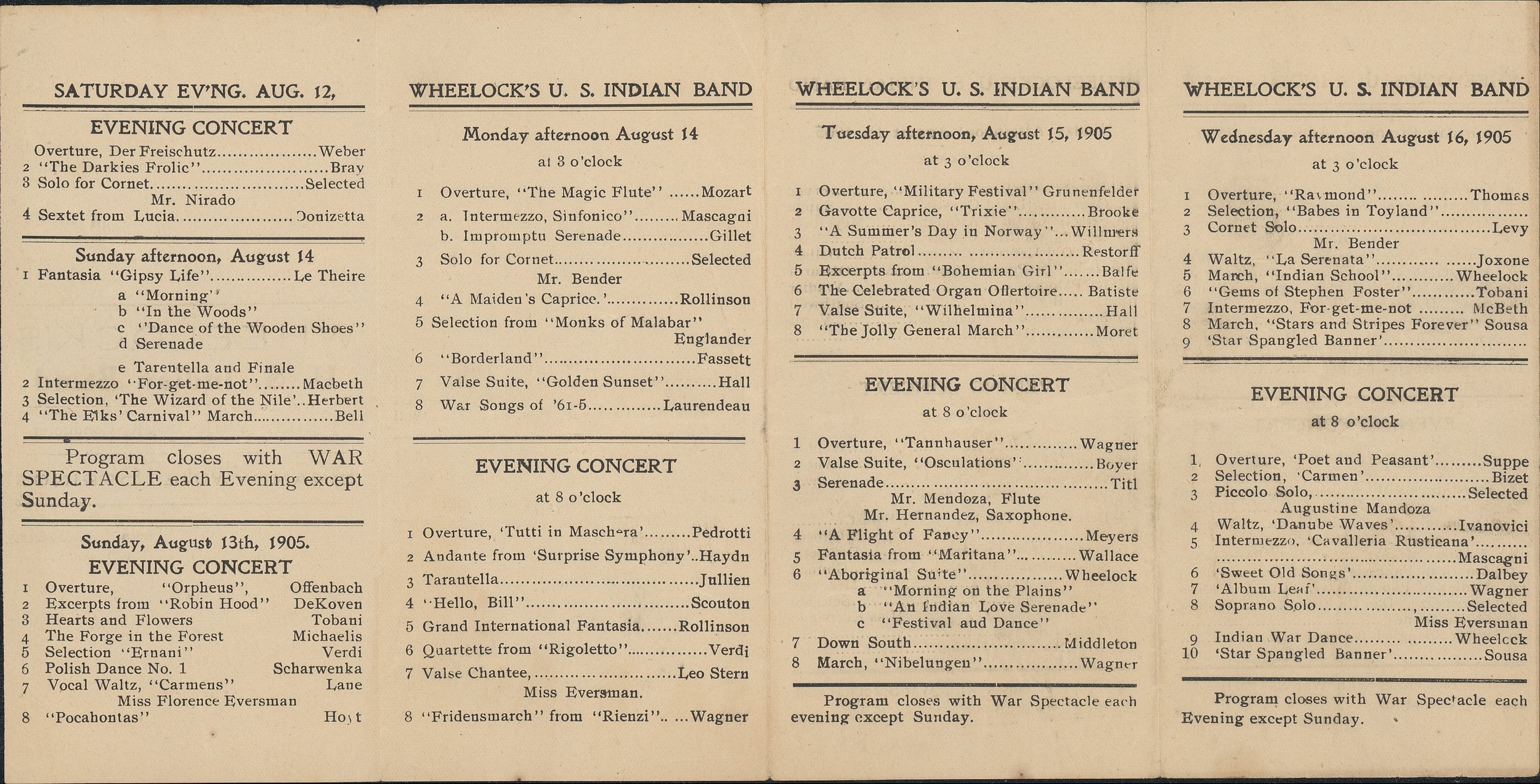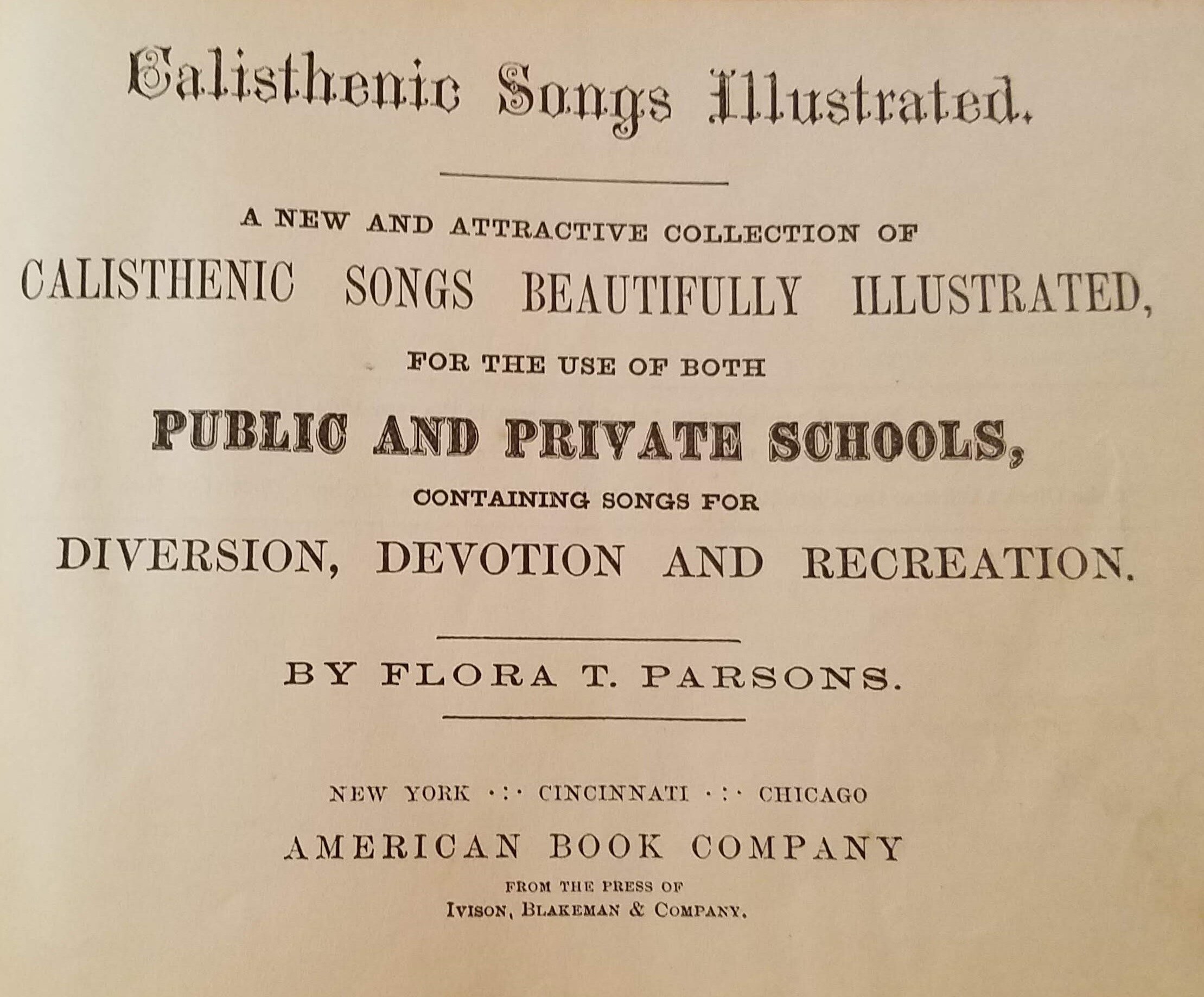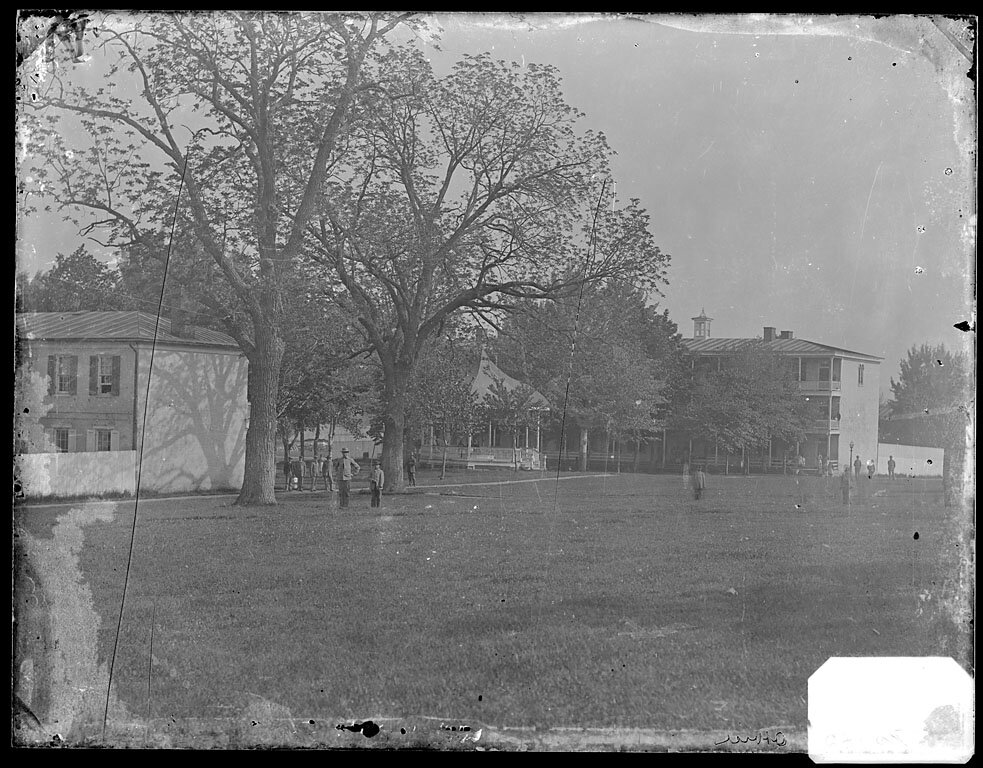Listen to this episode here:
Episode 25: Research Activity Updates | Carlisle Indian School Research Podcast (zencast.website)
Reminder—when we mention “the site” or “the project” it’s the Carlisle Indian School Digital Resource Center (dickinson.edu).
Below are the documents Jim mentioned as recent acquisitions of the Dickinson College Archives and Special Collections:
James Riley Wheelock (Oneida), bandmaster, with the Carlisle Indian School Band. (Before he left and formed the U.S. Indian Band.) Library of Congress, Frances Benjamin Johnston Collection LC-USZ62-26786
These documents relate to outing employer John C. Carter. For student documents related to Carter, see Carter, John C. | Carlisle Indian School Digital Resource Center (dickinson.edu)
It looks like we haven’t done an outing-specific episode, so I’ll put that on the list of future topics.
Next we talked about the walking tours related to the trolley system and local industry sponsored by the Cumberland County Historical Society and led by local historian, Randy Watts. The Society’s online store doesn’t seem to have all of Watts’ publications listed, but here’s the link and you can contact them if there’s something you’re particularly interested in.
Laundry Building with the trolley stopped beside it, c. 1900. The trolley going to and from the town began serving the school in 1896. Cumberland County Historical Society, Carlisle, Pa., Line Collection 00326B
Rebuilt Gettysburg Junction train station, as it is today.
As I mentioned, you can now order my walking tour booklet of the grounds of the school. It’s a good value at $10 and can serve as a kind of virtual tour as well.
Here’s the link to order: Walking Tour of Grounds of the Carlisle Indian Industrial School - Cumberland County Historical Society
Jim talked about watching the movie Jim Thorpe: All American (1951) specifically to see former Carlisle Student Shela Fritz in an uncredited role as Thorpe’s grandmother. Here is Fritz’s IMDB page. And here’s her student file: Shela Brown Guthrie (Che-ke-kah) Student File | Carlisle Indian School Digital Resource Center (dickinson.edu)
Here’s the document Jim referred to about Superintendent Mercer sending girls on outing to his daughter and son-in-law’s family: https://carlisleindian.dickinson.edu/documents/susan-littleshield-and-sarah-chubb-outing-situation
Finally, we talked again about the Richard Henry Pratt papers at the Beinecke Library at Yale. Here’s a link to what they have digitized so far: Digitized materials from the Pratt Papers. Again, if you want any help with that collection, particularly the name indexes for the letterpress books, let me know.
























































